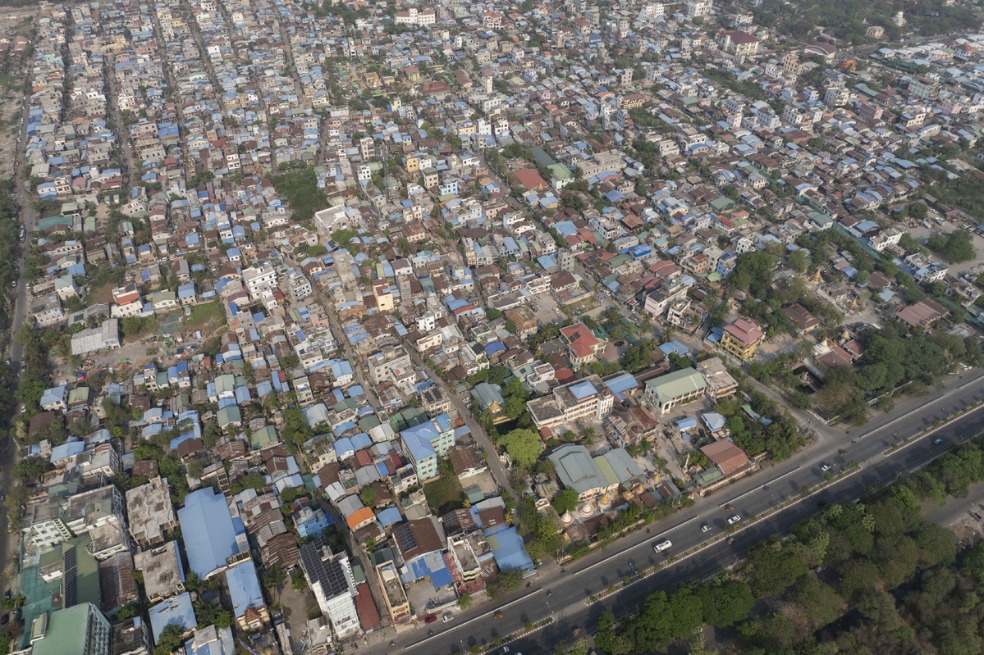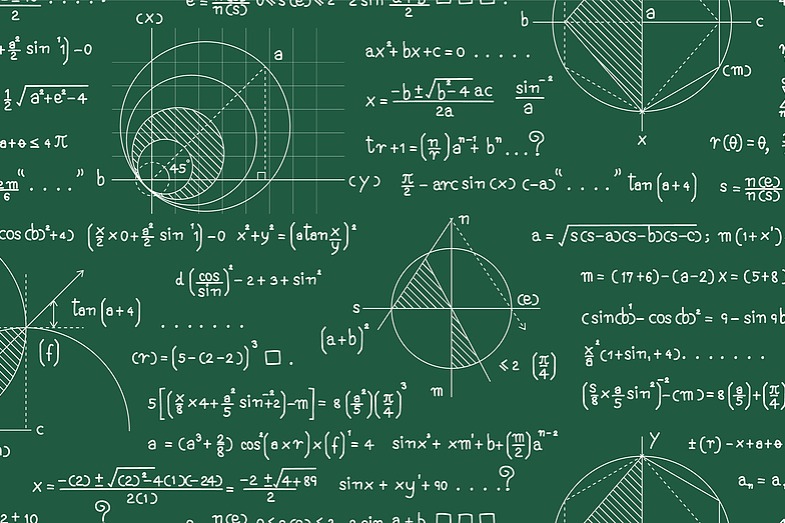Mission set to collect sample from asteroid
By ZHAO LEI in Fuzhou | China Daily | Updated: 2020-09-19 09:20

Carrier rocket expected to carry probe, re-entry module will return to Earth
China intends to carry out a mission to collect a sample from the smallest and closest "quasi-satellite" to Earth around 2025, said a key figure in the country's deep-space exploration program.
Zhang Rongqiao, chief designer of China's Mars exploration effort, said on Friday that Chinese space authorities have chosen the 2016 HO3, a small asteroid, as the target for the mission.
The preliminary idea is to use a large carrier rocket to send a probe, which will consist of two parts-an orbiter and a re-entry module, toward the asteroid, he said.
After approaching the asteroid, the spacecraft will first orbit around the small body and then fly very close above it to use a mechanical arm to collect samples from its surface. Carrying the samples, the probe will fly back to the Earth's orbit and release the re-entry module to allow it fall back to the ground with the samples.
The orbiter will then travel toward a main-belt comet named 133P/Elst-Pizarro to continue its scientific exploration tasks, Zhang said at the academic report session of the 2020 China Space Conference that opened in Fuzhou, Fujian province, on Friday.
The four-day conference, hosted by the Chinese Society of Astronautics and the China Space Foundation, consists of 16 events such as forums and themed exhibitions.
The 2016 HO3, also known as 469219 Kamo oalewa, was first spotted in April 2016 by an asteroid survey telescope at the Haleakala Observatory, Hawaii.
The celestial body travels in an orbit around the sun that keeps it as a constant companion of Earth. It is too distant to be considered a true satellite of Earth, but it is the best and most stable example to date of a near-Earth companion, or quasi-satellite, experts from NASA have explained.
On another development, Zhang said in his report that the Tianwen 1, the country's first independent Mars mission, would travel 202 days and 474 million kilometers to reach the Martian gravitational field.
There will be four midcourse corrections and one deep-space maneuver for the robotic probe to perform in the coming months to make sure it will always fly in the right direction, he said.
The 5-metric-ton Tianwen 1 was launched by a Long March 5 heavy-lift rocket on July 23 at the Wenchang Space Launch Center in Hainan province, opening the nation's planetary exploration program.
It consists of two major parts-the orbiter and the landing capsule. The mission's ultimate goal is to soft-land a rover on the Martian soil to carry out scientific surveys.
























